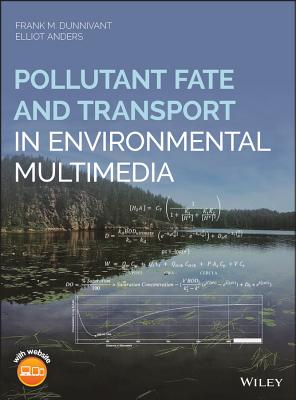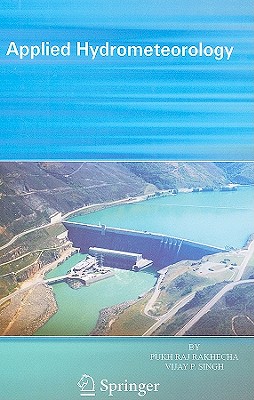Water Quality Modelling for Rivers and Streams
暫譯: 河流與溪流水質模型建構
Marcello Benedini
- 出版商: Springer
- 出版日期: 2015-03-07
- 售價: $4,600
- 貴賓價: 9.5 折 $4,370
- 語言: 英文
- 頁數: 308
- 裝訂: Paperback
- ISBN: 9401783799
- ISBN-13: 9789401783798
海外代購書籍(需單獨結帳)
相關主題
商品描述
The main objective of the Water Framework Directive in the European countries is to achieve a “good status” of all the water bodies, in the integrated management of river basins. In order to assess the impact of improvement measures, water quality models are necessary. During the previous decades the progress in computer technology and computational methods has supported the development of advanced mathematical models for pollutant transport in rivers and streams. This book is intended to provide the fundamental knowledge needed for a deeper understanding of these models and the development of new ones, which will fulfil future quality requirements in water resources management. This book focuses on the fundamentals of computational techniques required in water quality modelling.
Advection, dispersion and concentrated sources or sinks of contaminants lead to the formulation of the fundamental differential equation of pollutant transport. Its integration, according to appropriate initial and boundary conditions and with the knowledge of the velocity field, allows for pollutant behaviour to be assessed in the entire water body. An analytical integration is convenient only in one-dimensional approach with considerable simplification. Integration in the numerical field is useful for taking into account particular aspects of water body and pollutants.
To ensure their reliability, the models require accurate calibration and validation, based on proper data, taken from direct measurements. In addition, sensitivity and uncertainty analysis are also of utmost importance.
All the above items are discussed in detail in the 21 chapters of the book, which is written in a didactic form for professionals and students.
商品描述(中文翻譯)
水框架指令在歐洲國家的主要目標是實現所有水體的「良好狀態」,以整合的方式管理流域。為了評估改善措施的影響,水質模型是必要的。在過去幾十年中,計算機技術和計算方法的進步支持了污染物在河流和溪流中傳輸的先進數學模型的發展。本書旨在提供深入理解這些模型及其新模型開發所需的基本知識,這些新模型將滿足未來水資源管理中的質量要求。本書專注於水質建模所需的計算技術基礎。
對流、擴散以及污染物的集中源或匯導致了污染物傳輸的基本微分方程的形成。根據適當的初始和邊界條件,並結合速度場的知識進行整合,可以評估整個水體中的污染物行為。分析性整合僅在一維方法中方便,並且需要相當的簡化。在數值領域中的整合對於考慮水體和污染物的特定方面是有用的。
為了確保模型的可靠性,需要基於直接測量獲得的適當數據進行準確的校準和驗證。此外,敏感性和不確定性分析也至關重要。
以上所有內容在本書的21章中詳細討論,該書以教學形式撰寫,適合專業人士和學生。






















